What is Passive Solar Heating & Cooling?
Passive heating and cooling of homes is not new. The above image is of Mesa Verde National Park, the Ancestral Puebloan cliff dwellings in Colorado, occupied from 700 to 1300 AD. This early North American settlement was shaded from the summer sun, but fully exposed to the sun in winter, which would heat the rocks and provide some warmth to homes.
While having a home rated by any performance scale or certified (like Passive House) is great as it draws attention to advanced home building techniques, this is not an elite club you that you should either commit to or feel excluded from.
Passive heating and cooling in homes is simply a matter of determining where the sun exposure is, and trying to capture and keep as much of that heat as you can in the winter while keeping it out in the summer. This may seem like a tall order, but the seasonal position of the sun conveniently serves this end. In the winter the sun is low and will reach far into your house, in summer it is high overhead and easy to keep out.
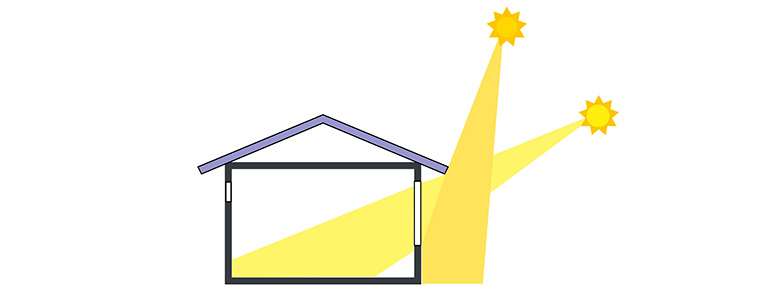
The first thing to understand is that there are two kinds of solar collection in home design - active and passive. An active solar home has an expensive array of panels; either photovoltaic for power generation or thermal solar for heat collection. Both are complicated systems that will likely include some moving parts that will eventually, without fail.... fail.
Passive solar design on the other hand is simply common sense. Just figure out where the sun is, and point your windows at it. You can pick up a lot of free heat, and if you plan your shading properly with overhangs and window layout, you can help keep it naturally cool in the summer. If you then add high performance triple glazed Passive House certified windows, then they will be optimized to gain and retain the sun's heat.
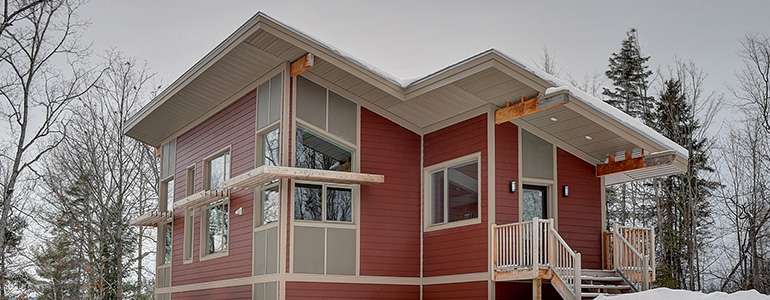
Other shading techniques besides overhangs can be effective, for example using louvres over windows as seen in the image above. Building in close proximity to deciduous trees can offer shading in summer as well as heat in the winter after the leaves have fallen off.
Despite the time we spend opening and closing curtains to keep the sun out, interior blinds and curtains have very limited ability to prevent summer heat gain. Once the energy is in, it's in. They will heat up when exposed to the sun, that will warm the air between them and the glazing, which will then rise and draw cooler air from below. This natural process of air convection will distribute heat through your home. Blinds and curtains that are light in colour and reflective will offer more respite from the heat than materials that are dark or have matte surfaces.
Of course this is only the bare bones of passive heating and cooling, and you can obviously go further into it with building envelope design, but it costs nothing to take the first step towards 'passive heating and cooling design which is just to think about it and in some capacity factor it in to your build.
For new home construction, people are often concerned about the added money it will cost to increase the amount of insulation in a new build or renovation. Try to think of the right choice of insulation more as something that will save money rather than cost money. Aside from monthly savings on utilities and a greater future resale value, putting more money into insulation means putting less into heating and cooling. There will of course come a point where the cost of adding insulation will outweigh the savings, but that point is far beyond the minimum requirements laid out in in Building Code.
Having an input of natural heat and light in a home means better quality of life, and makes financial sense as well. For little or no cost, instead of sitting in a dark room with a heater on, you can bask in the bright light and free heat of the sun. That, in a nutshell, is passive home design. And it can costs you absolutely nothing.
So don't be intimidated or dissuaded by the implied requirements of rating systems; passive home design dates back thousands of years and can be applied to pretty much any building, making that building better.
See more about Passive Solar House Design here, to read more details about Passive House Certification & Design in North America see here, or for specifics about differences between PHIUS & PHI certification for Passive House see here, from the EcoHome Green Building Guides - North America's favorite Sustainable & Green Building Resource
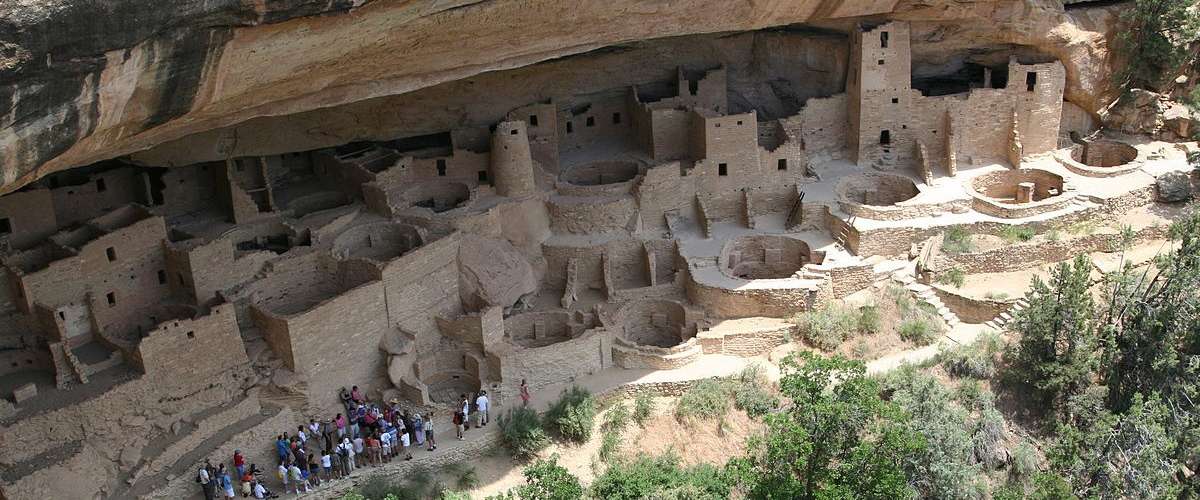














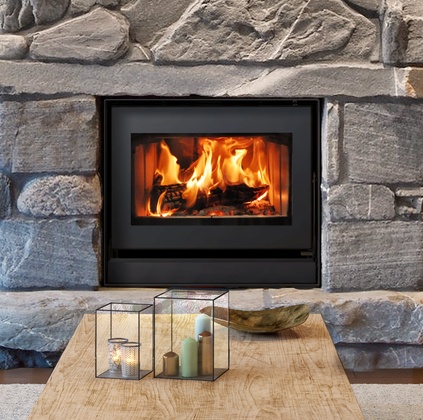



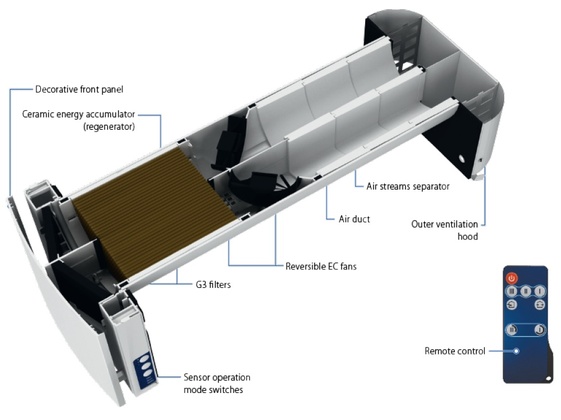

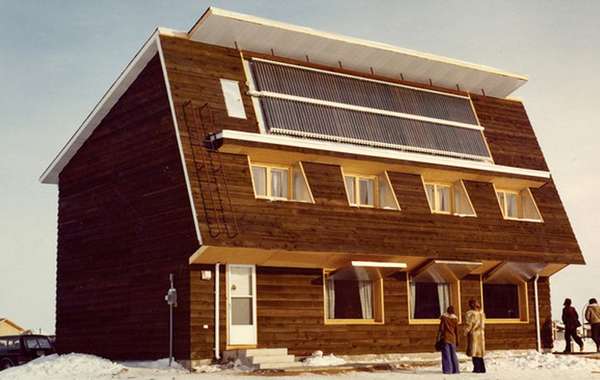
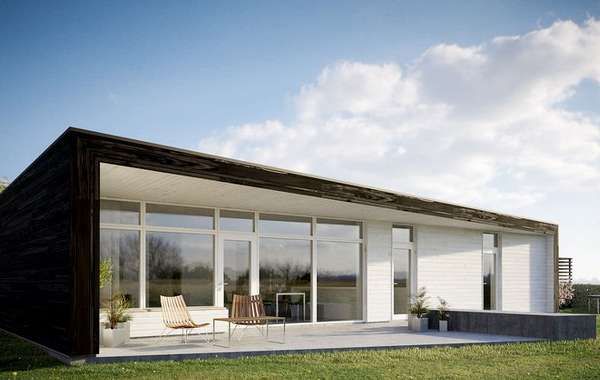
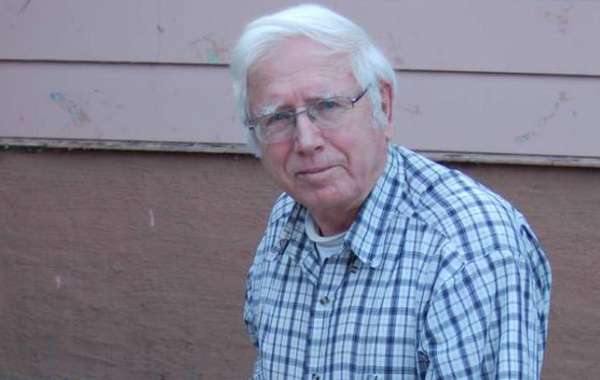
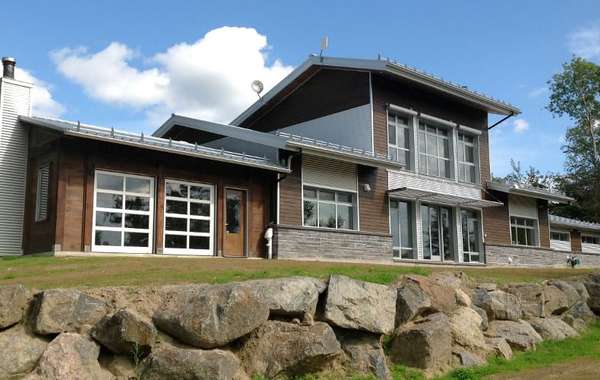
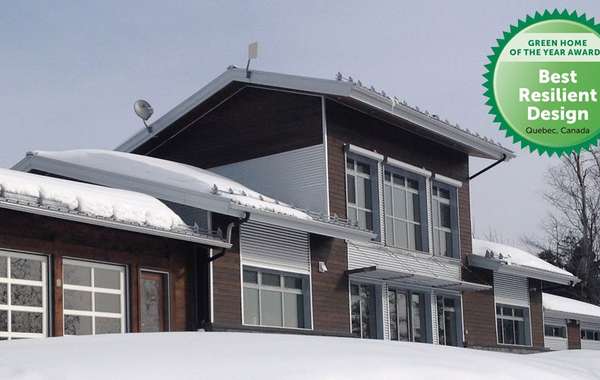
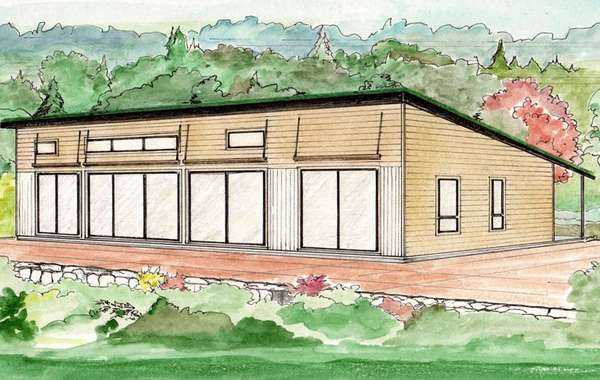
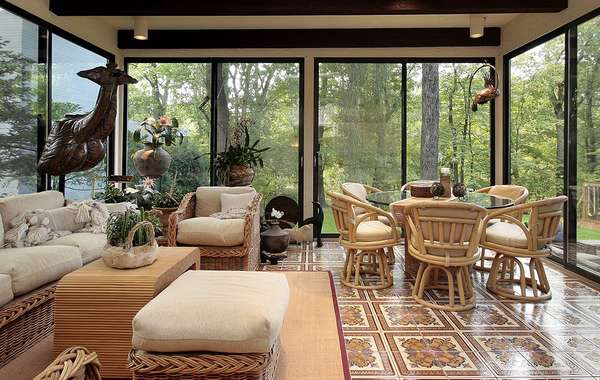
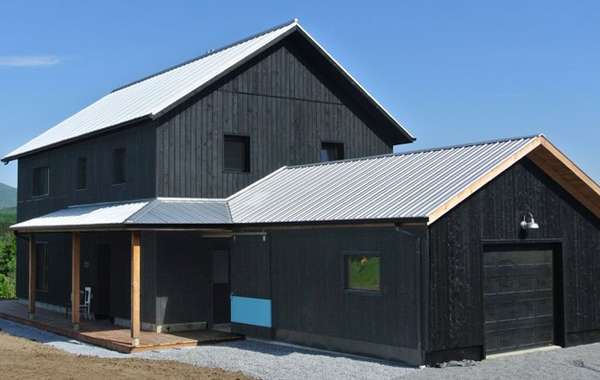
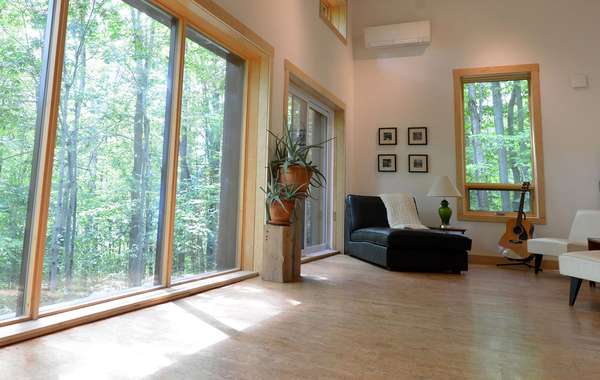
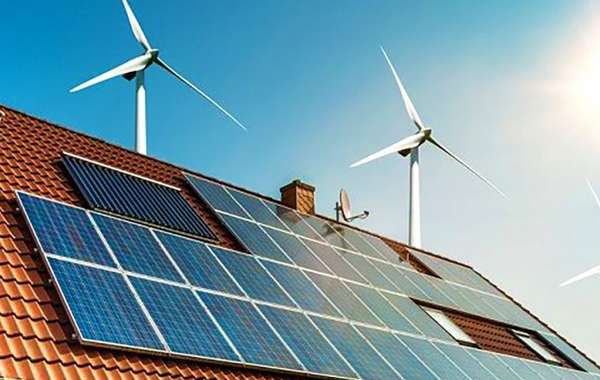
Comments (0)
Sign Up to Comment